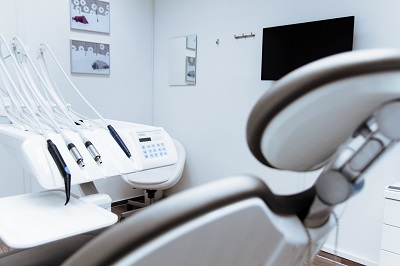For maintaining compliance after registering a Class 2A medical device in Russia with Roszdravnadzor (RZN), periodic updates and adherence to established procedures are critical. These updates ensure the device remains aligned with regulatory requirements and can be legally marketed and used in Russia. Below are the key aspects of periodic updates and related procedures:
1. No Mandatory Registration Renewal
In Russia, medical device registration certificates do not have an expiration date. However, any significant changes to the device or associated documentation must be reported to Roszdravnadzor.
2. Changes Requiring Notification or Approval
If any of the following changes occur, you must notify RZN or submit for re-registration:
- Device Design: Any modifications to the design, materials, or software.
- Manufacturing Process: Changes in manufacturing location, processes, or raw materials.
- Device Purpose: Alterations to the intended use, indications, or target patient population.
- Labeling and IFUs: Updates to labeling, instructions for use (IFUs), or packaging.
- Technical Specifications: Changes in performance specifications or safety standards.
- Authorized Representative: A change in your local authorized representative in Russia.
Procedure:
- Submit a variation application to RZN with documentation supporting the changes, including updated technical files, test results, and translations.
3. Periodic Safety and Performance Reports
4. Adverse Event Reporting
Mandatory Reporting:
If any serious adverse events or malfunctions occur, report them to RZN within the prescribed time frame:
- Immediately for incidents posing significant risk.
- Within 20 days for other reportable events.
Corrective and Preventive Actions (CAPA):
Implement corrective actions to address reported issues and submit evidence of these actions to RZN.
5. Post-Market Surveillance Activities
6. Compliance with Updated Standards
Regulatory Updates:
Monitor for changes in Russian or Eurasian Economic Union (EAEU) medical device regulations (e.g., updates to TR CU 019/2011 or GOST standards).
Testing and Re-Certification:
If new safety or performance standards are introduced, you may need to retest your device or submit updated certification to RZN.
7. Surveillance Audits
- Be prepared for periodic audits by RZN or other regulatory authorities to verify continued compliance with:
- Registration conditions.
- Quality Management System (QMS) requirements.
- Post-market obligations.
Preparation:
- Maintain complete and updated technical and quality documentation.
- Ensure all manufacturing facilities remain compliant with ISO 13485 or equivalent standards.
8. Tracking and Traceability
Device Traceability:
Maintain systems for tracking your device throughout its lifecycle to ensure accountability in the event of recalls or adverse events.
Serial Numbers and Batch Control:
Retain records for all devices sold or distributed in Russia for traceability.
9. Labeling and IFU Updates
- Periodically review and update labeling and instructions for use to:
- Reflect new clinical evidence or post-market findings.
- Address language, regulatory, or safety updates.
Translations:
Ensure all updates are translated into Russian and meet labeling requirements under GOST R 51524-2004.
10. Product Withdrawal or Discontinuation
If you decide to withdraw or discontinue your product from the market:
- Notify RZN in advance.
- Provide a justification and a strategy for managing remaining products in the market.
- Address any adverse event or recall requirements.
11. Periodic Training for Local Stakeholders
- Conduct training sessions for your Authorized Representative and distributors in Russia on:
- Post-market compliance.
- Reporting obligations.
- Product updates and handling.
12. Fee Payments
For specific updates (e.g., significant modifications, testing due to new standards, or re-certifications), ensure timely payment of applicable fees to avoid delays or non-compliance issues.
.png)
.jpg)

.png)

.png)